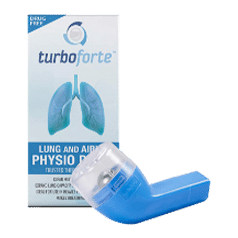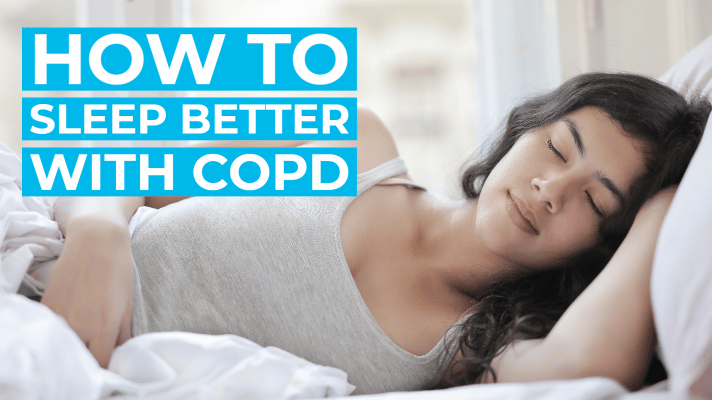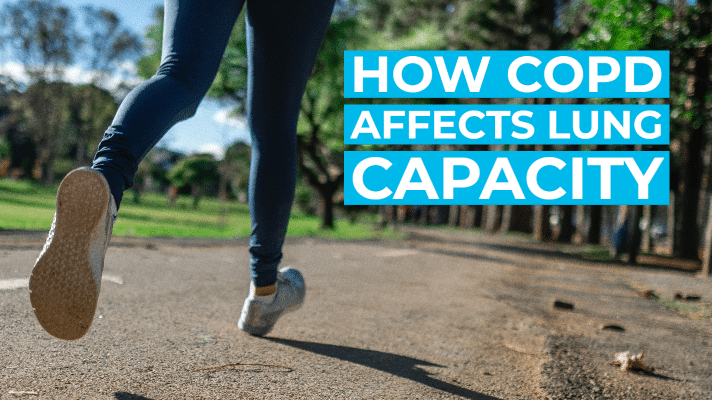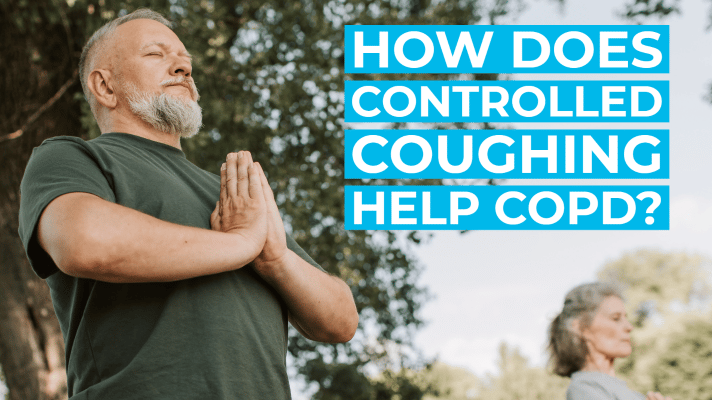What is COPD?
Chronic Obstructive Pulmonary Disease (COPD) is a chronic lung disease characterized by the presence of airflow obstruction in the lungs. It is an umbrella term for a group of lung conditions including, emphysema, chronic bronchitis, & chronic asthma.
Chronic bronchitis & emphysema are the two most common conditions that contribute to COPD. Chronic bronchitis causes inflammation & narrowing of bronchial tubes causing mucus to build up, while emphysema is a disease where the air sacs in the lungs are damaged, making it hard to get air in & out of the lungs. COPD is a progressive disease which means it gets worse over time.
What Causes COPD?
Cigarette smoking is the single most significant cause of COPD. Most people who have COPD are either smokers or former smokers. Other factors can cause or make COPD worse, including exposure to chemicals, fumes, air pollution or breathing in secondhand smoke. There may also be a genetic predisposition to developing COPD. Some people, however, can have none of these exposures and still get COPD.
Chronic bronchitis & emphysema are the two most common conditions that contribute to COPD. Chronic bronchitis causes inflammation & narrowing of bronchial tubes causing mucus to build up, while emphysema is a disease where the air sacs in the lungs are damaged, making it hard to get air in & out of the lungs. COPD is a progressive disease which means it gets worse over time.
What are the Signs of COPD?
At first, you may not even notice any signs except a bit of a cough and shortness of breath, but as the lungs become more damaged, the symptoms become worse and harder to ignore. The most common signs of COPD include;
- Shortness of breath,
- Wheezing or whistling sound when breathing
- Chest tightness
- Constant coughing
- Producing a lot of mucus
- Becoming fatigued doing everyday activities
- Suffering frequent colds or chest infections.
The severity of the symptoms will usually depend on how much lung damage you have. In the later stages of COPD, further fatigue, unintended weight loss, and swelling of the feet, ankles or legs may occur.
Seek immediate medical attention if;
- You have difficulty catching your breath or talking
- Your fingernails or lips are blue or gray indicating low oxygen levels
- Your heart is beating very fast
- You feel muddled or confused.
What is the Treatment for COPD?
Although COPD is a progressive disease with no known cure, treatment can help ease symptoms, prevent complications, and slow its progression. The main treatment categories are lifestyle changes, medication, and in some cases, surgery.
Lifestyle Changes:
Smoking and Pollutants:
If you are a smoker seek help to quit straight away as it is the best chance to reduce damage to your lungs. Avoid 2nd hand smoke and pollutants. If you have occupational exposure, talk to your supervisor to discuss ways to minimize your risk, such as using respiratory protective equipment.
Nutrition:
Seek advice from your health care professional to obtain an eating plan that will provide you with your nutritional needs. They may suggest extra vitamins, supplements or smaller, more frequent meals if you have difficulty maintaining a healthy weight.
Exercise:
Even though you may not feel like exercise, it is essential to have some form of exercise as it can help strengthen your muscles, maintain wellness and may help reduce some symptoms such as shortness of breath and fatigue. Your health care professional will discuss exercise therapy that is safe and manageable for you. You can also speak to your healthcare professional about the benefits of a therapeutic positive expiratory pressure (PEP) device like the Turboforte™ which may also help expand and strengthen your lungs and provide relief by clearing mucus from your airways.
Support Groups:
COPD support groups are a great way to connect to people. They can offer compassion and a listening ear to help you through tough times or situations. They do not provide advice or take over from your health care team, but they can be a great source of friendship & support from people who understand what you are going through.
Medications:
Symptoms are relieved with medications; however, there is no single best medication regime to suit everyone. Your doctor will personalize the right medicines for you. Some of the commonly prescribed medications include:
- Bronchodilators to help relax & open the muscles of the airways.
- Anti-inflammatories to reduce swelling in the airways
- Antibiotics to treat infections
- Vaccinations as recommended by your doctor to lower the risk of respiratory infections
- Oxygen Therapy if your oxygen level is low. Extra Oxygen via an oxygen mask or nasal prong may help some people with severe COPD, to sleep better at night, or do tasks or activities they may struggle to perform normally.
Surgery:
Your doctor may suggest lung surgery for very severe cases of COPD if all other treatment options have failed. However, not everyone is a candidate for surgery, and your doctor can discuss all available options, benefits and risks with you in detail.
Disclaimer:
This information is designed to support, not replace, the relationship between patient and health care professional. It is not intended to and cannot provide you with health or medical advice. Always speak with your health care professional about your medical issues and concerns. No claims are made or implied in use of or results from using the Turboforte™.




